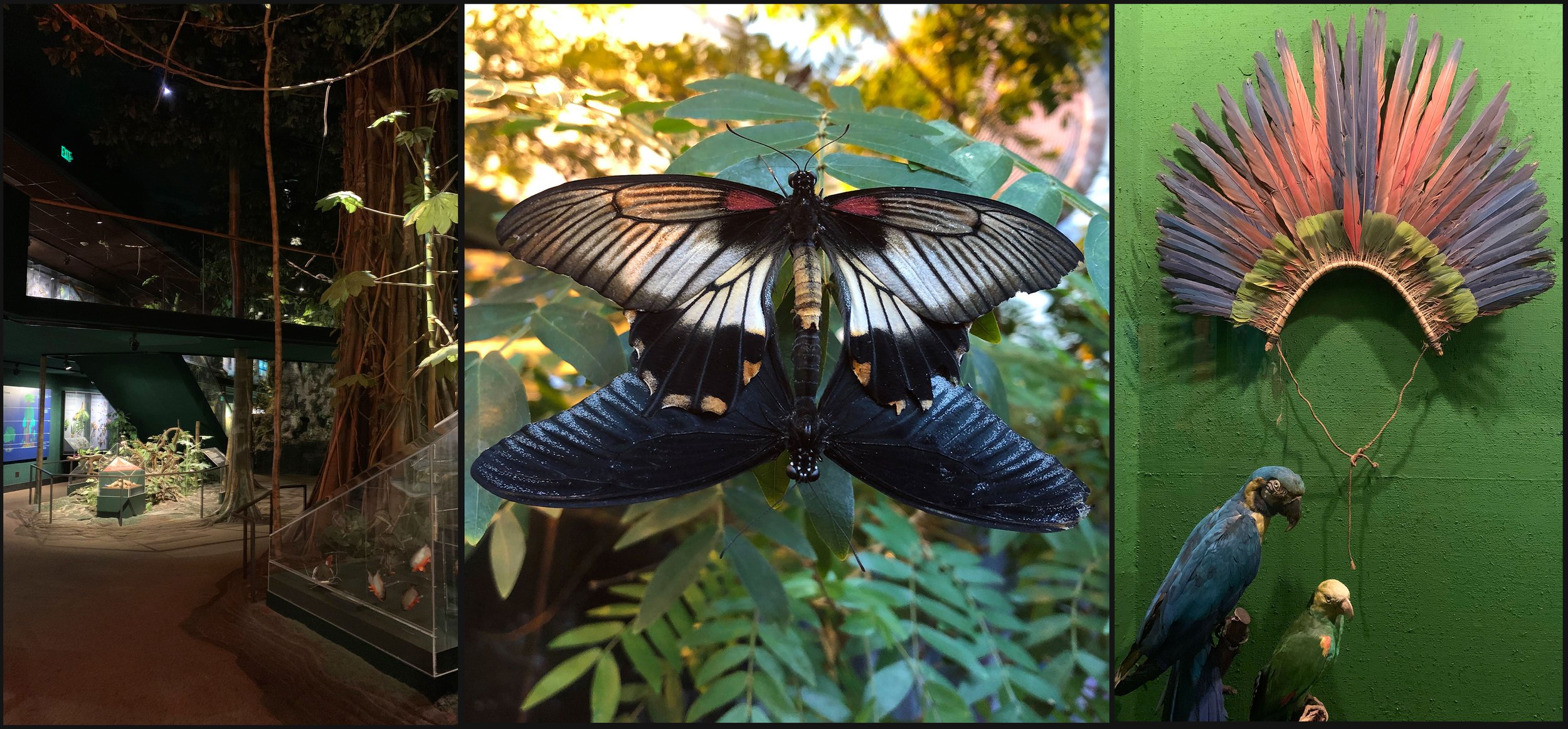What the Future Holds
by Sue Lawton
A tiny version of the new museum
While I could’ve reposted the slick digital sketch of the future museum’s exterior, I thought it more fitting to share it in a visual language more common to MPM: the miniature model. This tiny diorama can be viewed at the Milwaukee Public Museum’s main entrance across from the planetarium and next to the Hebior Mammoth. For those who have been following along, I’ve been taking a deep dive into the exhibits of Milwaukee Public Museum with an eye toward documenting its current state and its transition into the future building being constructed at 6th Street and McKinley Avenue. As a natural history nerd and museum fan, this is an exciting time. It’s the first time the museum has moved within my lifetime, although many of my older relatives remember its previous location in Milwaukee’s Central Library.
This spring, MPM released concept designs for the permanent exhibits in the future building, and I have to say, I’m blown away! They are all well-thought-out, creative, adaptive, and solve many of the layout issues of the current building. You can view each of the proposed galleries here and I strongly encourage you to do so. I’ll just quickly focus in on a few of my favorite natural history highlights.
The current Silurian Reef diorama (left) and the recently released design for the new Paleozoic hall (right)
The “Time Travel” gallery will be an updated version of the current “Third Planet” exhibit. This will be divided into three halls depicting the Paleozoic, Mesozoic, and Cenozoic eras. The Paleozoic Hall (pictured above) will include an expanded version of the Silurian Reef diorama with added soundscapes, projections, and tactile elements. More fossils from the collections will be on view, such as a large Cambrian trackway from central Wisconsin.
The sad, beige home of the museum’s Torosaurus (left) and the action-packed design for its future (right)
The Mesozoic will showcase the Torosaurus skeleton in a new Hell Creek diorama depicting the fossil skeleton butting heads with a fleshed out life-like reconstruction. There will still be a T.rex lurking in the background, but it will no longer be center stage. The design looks dynamic and really shows off the most impressive mesozoic fossil the museum has. Similarly, the Cenozoic hall will prominently feature the Hebior Mammoth as the most significant fossil of this era in the collection. It’s great to see that these important specimens will be integrated in a more appropriate and narrative way, instead of being plunked in seemingly random spots as they currently are.
A design for a “Mixing Zone”, a flexible exhibit space intended to connect collections and research with the public
The “Living in a Dynamic World” gallery will depict five different ecosystems and cultures that have adapted to live in dialogue with those landscapes. One concept that will be incorporated here are “mixing zones”.These will be flexible exhibit spaces that will bring collections and research into public view, which I am very happy to hear.
The top floor will feature a new rainforest gallery which will also incorporate cultural artifacts that are currently on the third floor and mezzanine levels. The rainforest will be directly adjacent to the buttery vivarium and will lead out onto a rooftop garden area. This ties together areas of the museum that are clearly thematically related, but currently scattered across several locations and floors. It keeps the immersive qualities of the rainforest we know and love, but will likely be updated (hopefully fewer tv screens with buttons; there are so many and all the sounds overlap in a babbling cacophony of outdated narration). Integrating it with the live butterflies and cultural items is a natural and logical fit.
The current rainforest exhibit (left), live butterflies in the vivarium (center), and cultural artifacts from rainforest civilizations currently displayed on the third floor (right) All three of these will be combined into a more seamless experience on the top floor of the new building.
Overall, these new designs have eased some remaining apprehensions about the new museum. The only thing that still gives me pause is the obvious reduction in size and the existing murals and built-in elements that will not be able to make the move. I’ll still mourn the loss of my beloved childhood museum, but I now have a newfound sense of hope and excitement for the new one. The design team has put together a more narratively coherent way of presenting the material while the exhibits maintain the immersive feeling the museum is known and loved for.
To celebrate the newly announced rainforest plans, I’ve painted a portrait of one of the birds from the current rainforest exhibit that caught my eye.
“Orange-eared Tanager”, an original painting based on a minute specimen in the MPM Rainforest





